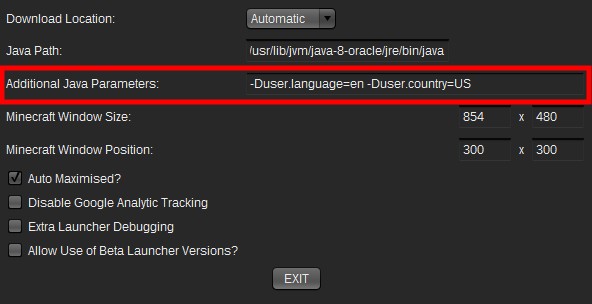

Xms4G -Xm圆Gġ.3 -XX:NewSize=size (Young Generation Heap Size)

Xms is used to specify the minimum size of the memory, to specify minimum heap size, we can use the following convention -Xmsįor example, if we want to assign minimum of 4GB to our JVM, all of the following parameters are valid -Xms4294967296įor assigning minimum 4GB and maximum 6GB to JVM, we can use following parameters. Unit indicates the unit of the memory in which we want to specify to the JVM.Append the letter k or K to indicate kilobytes, m or M to indicate megabytes, g or G to indicate gigabytes.įor example, if we want to assign maximum of 6GB to our JVM, all of the following parameters are valid -Xm圆442450944 HeapSize denotes the size of the heap and should be multiple of 1024. Xmx is used to specify the maximum size of the memory, to specify maximum heap size, we can use the following convention -Xmx It is recommended to specify minimum and maximum heap size to the JVM 1.1 -Xmxsize (Maximum Heap Size) One of the main optimization features involves assigning correct heap size to the JVM based on our application. This post will serve as a starting point to understand some of the key parameters for the JVM, this post does not cover advanced JVM optimization techniques. Let’s cover few of the well known JVM parameters to start with. Performace of the JVM depends on the factor as to how well JVM is configured for a given application. In this post, we will be covering some of the most important and critical JVM Parameters which can be used to configure and fine tune JVM.


 0 kommentar(er)
0 kommentar(er)
